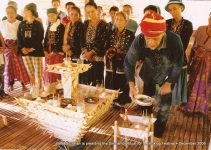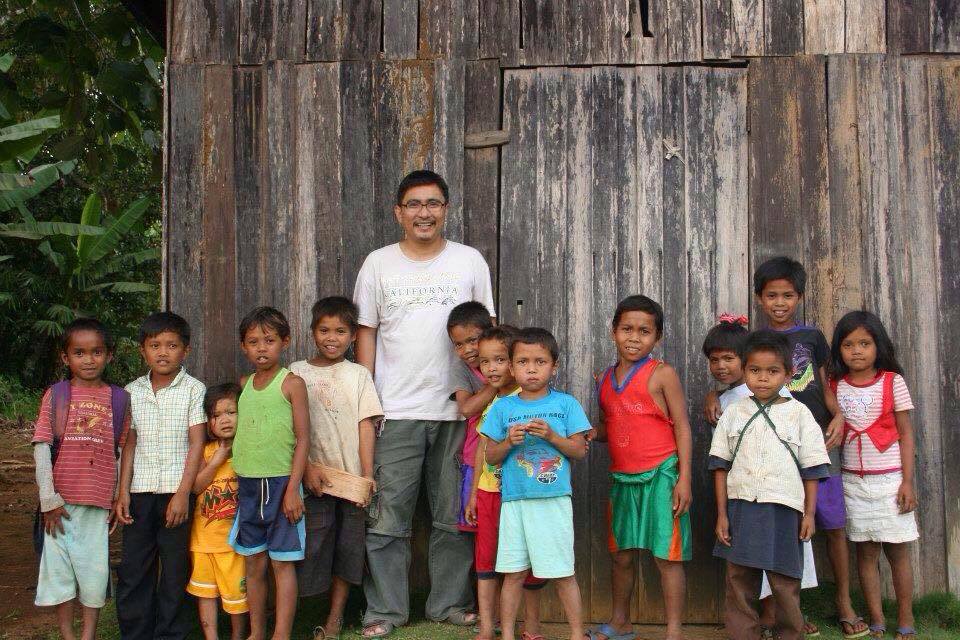Reprinted from Windhover, July 2011. In the light of recent events; the bloody dispersal of farmers in Kidapawan, drought in Mindanao and the coming national elections, the article is worth a re-read.
Prayer is contact or communion with God. We reach out to God and slow down to review our deepest desires in life. Through prayer we tap into an infinite source of faith, hope, love and strength. We develop a sense of God and we communicate and dialogue with God.
 Prayer becomes a one-sided monologue when we always think of formulations, petitions or thanksgiving. True prayer is silencing the self to listen and learn from God. Our prayers are too scripted and wordy. We focus on our efforts rather than on God’s action. Anthony de Mello said, “The final barrier between us and God is our concept of God . . . Where the self is, God is not.”
Prayer becomes a one-sided monologue when we always think of formulations, petitions or thanksgiving. True prayer is silencing the self to listen and learn from God. Our prayers are too scripted and wordy. We focus on our efforts rather than on God’s action. Anthony de Mello said, “The final barrier between us and God is our concept of God . . . Where the self is, God is not.”
For many, prayer is simply a pious practice or obligatory duty. After a while, these practices become a dry routine, a self-cultivating hobby or an opiate isolating us from reality. If the right fruits are not present, it means the spirit of God is not there, and what we consider as prayer may not be prayer at all.
- Burghardt described prayer as “a long, loving look at the real.” Prayer that is real should disturb us and make us aware of the presence or absence of God’s goodness in us. Prayer is contact with God. We are transformed and we reorient our lives when we encounter God. The more spiritual we are, the less materialistic we become. This is why true prayer is for adults only, those who are spiritually mature. It takes maturity to outgrow one’s selfishness and superficiality.
Jesus did not give us complicated instructions about prayer. He told his disciples not to be like the pagans who use too many words when praying (Mt 6:5-8). He taught his disciples to pray to a God who is not distant but who is a loving and compassionate Father.
In the Lord’s Prayer, Jesus did not give us a formula to memorize and recite. The prayer is a preamble, synthesis or guiding life-principle that proclaims God’s goodness, providence, compassion and forgiveness in our lives. It is a call to do what is right and just and to treat others the way God treats us.
Part of the teaching of Jesus about prayer (Luke 11:1-13) says, “Ask and you will receive, seek and you shall find.” We focus on the asking and seeking part, but we ignore the concluding summary that says, “How much more, then, will the Father in heaven give the Holy Spirit to those who ask him.” The correct prayer attitude is to seek God’s guiding spirit.
More than teaching us how to pray, Jesus showed us what prayer is. His actions spoke more than his words. This is why “prayer is not something you do; prayer is something that happens to you.” Today we say prayer is not a noun; it is a verb, an action word. We also say God is a verb, not a noun.
 Many pray the way Jesus told us not to pray. We use plenty of words and make our practices indispensable. In the Beatitudes, Jesus said that the pure of heart will see God. We cloud the transparency of God’s goodness and truth when we clutter our prayer with too many beliefs and rituals. We distract and deceive ourselves with more form rather than substance. We focus on human tradition and ignore God’s spirit.
Many pray the way Jesus told us not to pray. We use plenty of words and make our practices indispensable. In the Beatitudes, Jesus said that the pure of heart will see God. We cloud the transparency of God’s goodness and truth when we clutter our prayer with too many beliefs and rituals. We distract and deceive ourselves with more form rather than substance. We focus on human tradition and ignore God’s spirit.
Genuine spirituality focuses on the spirit of God rather than on what we do. Religiosity without true spirituality clings to plenty of externals. The more real the spirit, the more free we are to understand God‘s ways. Our comfortable practices can become obstacles blocking our conversion and renewal.
St. Ignatius of Loyola (patron of retreats) taught us to find God in all things and be active contemplatives. We find God not only in our piety but also in our daily lives, through ordinary and natural ways. All our contrived and artificial efforts may be in vain, because “God is above and beyond all our ways and means and methods.” We cannot control or manipulate God.
Because we do not understand what we do or say, we turn prayer into a recitation of meaningless words or a perpetuation of obsolete practices. We imagine the infinite creator of the universe at our beck and call, ready to listen to our petitions and grant our requests. We believe God listens to our prayers, and so we pray for safety or good health. When tragedies happen we say our faith is weak or it’s God’s will. We refuse to accept the truth and change our beliefs, and we never acknowledge our wrong ideas of God and prayer.
If God is truly everywhere, we do not need to rely on our contrived methods to be with God. All we have to do is drop our preconceived ideas of God and prayer. Prayer is a means, not an end. It is said that “we do not give ourselves to prayer. We give ourselves to God… We must pray the way we can, not the way we cannot.” The steps and methods help us to approach God, but they can also be obstacles to God.
There are paradoxes in prayer. There are those who always pray but are not really praying, and there are good and spiritual people who do not appear to pray. This is one reason why Jesus taught us not to judge by appearances.
Prayer should be like breathing, which is natural and effortless. The more we are conscious of our breathing and the more effort we exert, the more difficult it becomes. The more contrived prayer is, the more mechanical and unnatural it becomes. Ideally, our prayer should be as natural as breathing. This is contemplation in action. This is finding God in all things.
Prayer is also like marriage. Once past the honeymoon period of the novitiate or the retreat, real prayer involves our day-to-day attitudes, behavior and dealings with others. Faith and life are integrated in real prayer.
True prayer is selfless and realistic. Our behavior, lifestyle, priorities, attitudes and decisions reveal the kind of prayer we have. God’s correct spirit produces the right results. True prayer enables us to discern what is from God and what is not. Discernment helps us in deciding what is right and just.
There are pious and prayerful people who remain ungodly and self-centered. We can be praying outwardly but not spiritually. We may pray always and still remain insensitive to God and the rest of reality. This is false prayer. It fulfills some obligation or practice but has no real spirit in it. We do not always worship in spirit and in truth.
Real prayer produces the right fruits, because it has the right spirit – God’s spirit. The fruits of God’s spirit are love, joy, peace, patience, kindness, goodness, faithfulness, gentleness and self-control (Galatians 5:22). Together with justice and mercy, they form the essence of true religion and real prayer. They show us that God is real and present in our daily lives – personally, institutionally, culturally and socially.



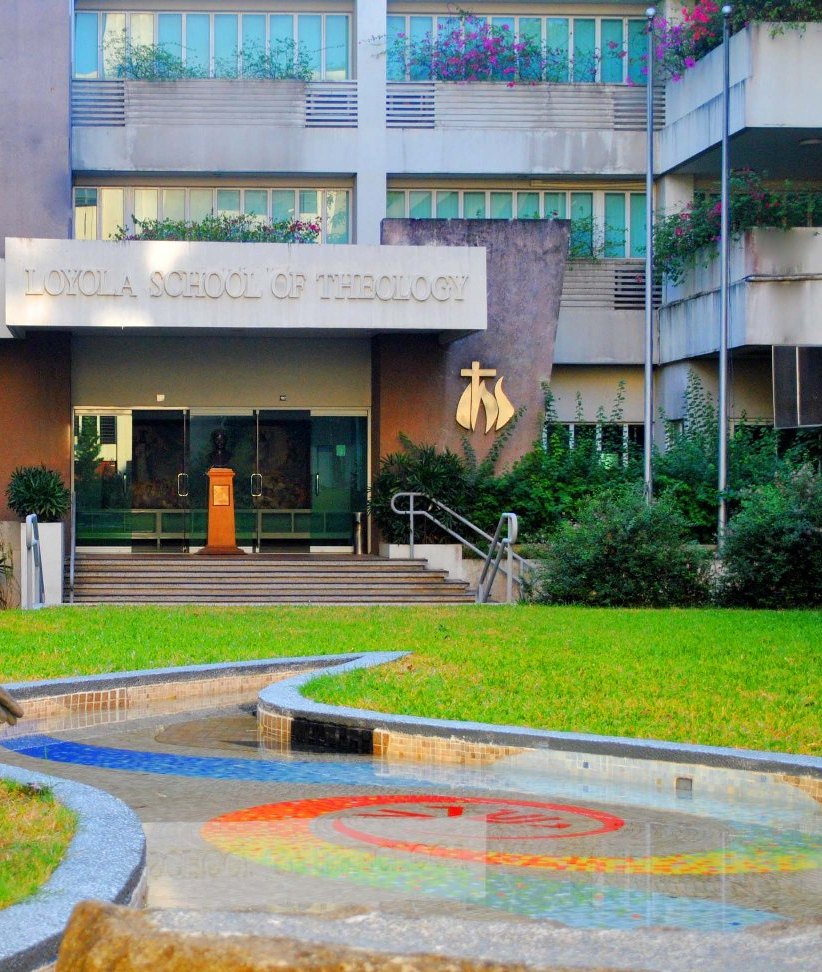

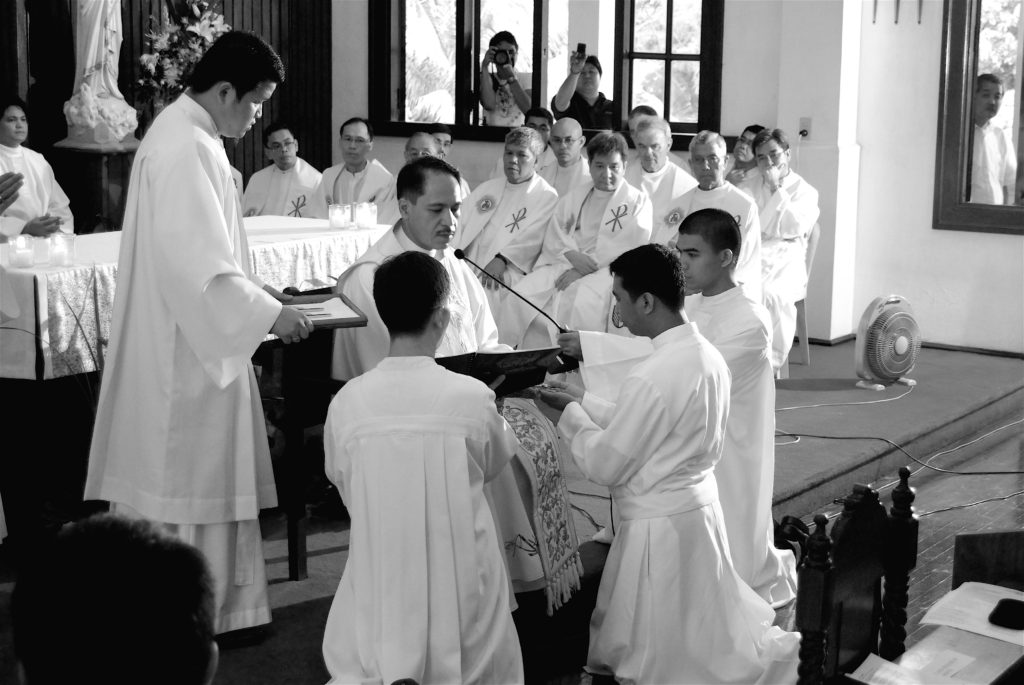





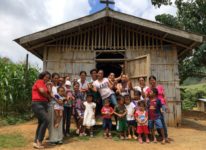
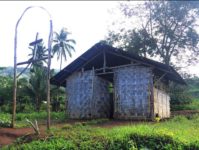





 Prayer becomes a one-sided monologue when we always think of formulations, petitions or thanksgiving. True prayer is silencing the self to listen and learn from God. Our prayers are too scripted and wordy. We focus on our efforts rather than on God’s action. Anthony de Mello said, “The final barrier between us and God is our concept of God . . . Where the self is, God is not.”
Prayer becomes a one-sided monologue when we always think of formulations, petitions or thanksgiving. True prayer is silencing the self to listen and learn from God. Our prayers are too scripted and wordy. We focus on our efforts rather than on God’s action. Anthony de Mello said, “The final barrier between us and God is our concept of God . . . Where the self is, God is not.” Many pray the way Jesus told us not to pray. We use plenty of words and make our practices indispensable. In the Beatitudes, Jesus said that the pure of heart will see God. We cloud the transparency of God’s goodness and truth when we clutter our prayer with too many beliefs and rituals. We distract and deceive ourselves with more form rather than substance. We focus on human tradition and ignore God’s spirit.
Many pray the way Jesus told us not to pray. We use plenty of words and make our practices indispensable. In the Beatitudes, Jesus said that the pure of heart will see God. We cloud the transparency of God’s goodness and truth when we clutter our prayer with too many beliefs and rituals. We distract and deceive ourselves with more form rather than substance. We focus on human tradition and ignore God’s spirit.

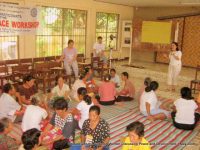 Our work for peace is not simply oriented to promote and preserve tranquility, that is, the absence of war or armed conflict. In persistently conflict-laden societies in Mindanao, however, the mere absence of war can be a great success. Cessation of armed hostilities can save lives even when people continue to live in fear. Nonetheless, our understanding of peace goes beyond simply the cessation of conflict. Peace is comprehensive, development-oriented, culturally embedded and constructed by manifold sectors and communities within society.
Our work for peace is not simply oriented to promote and preserve tranquility, that is, the absence of war or armed conflict. In persistently conflict-laden societies in Mindanao, however, the mere absence of war can be a great success. Cessation of armed hostilities can save lives even when people continue to live in fear. Nonetheless, our understanding of peace goes beyond simply the cessation of conflict. Peace is comprehensive, development-oriented, culturally embedded and constructed by manifold sectors and communities within society.